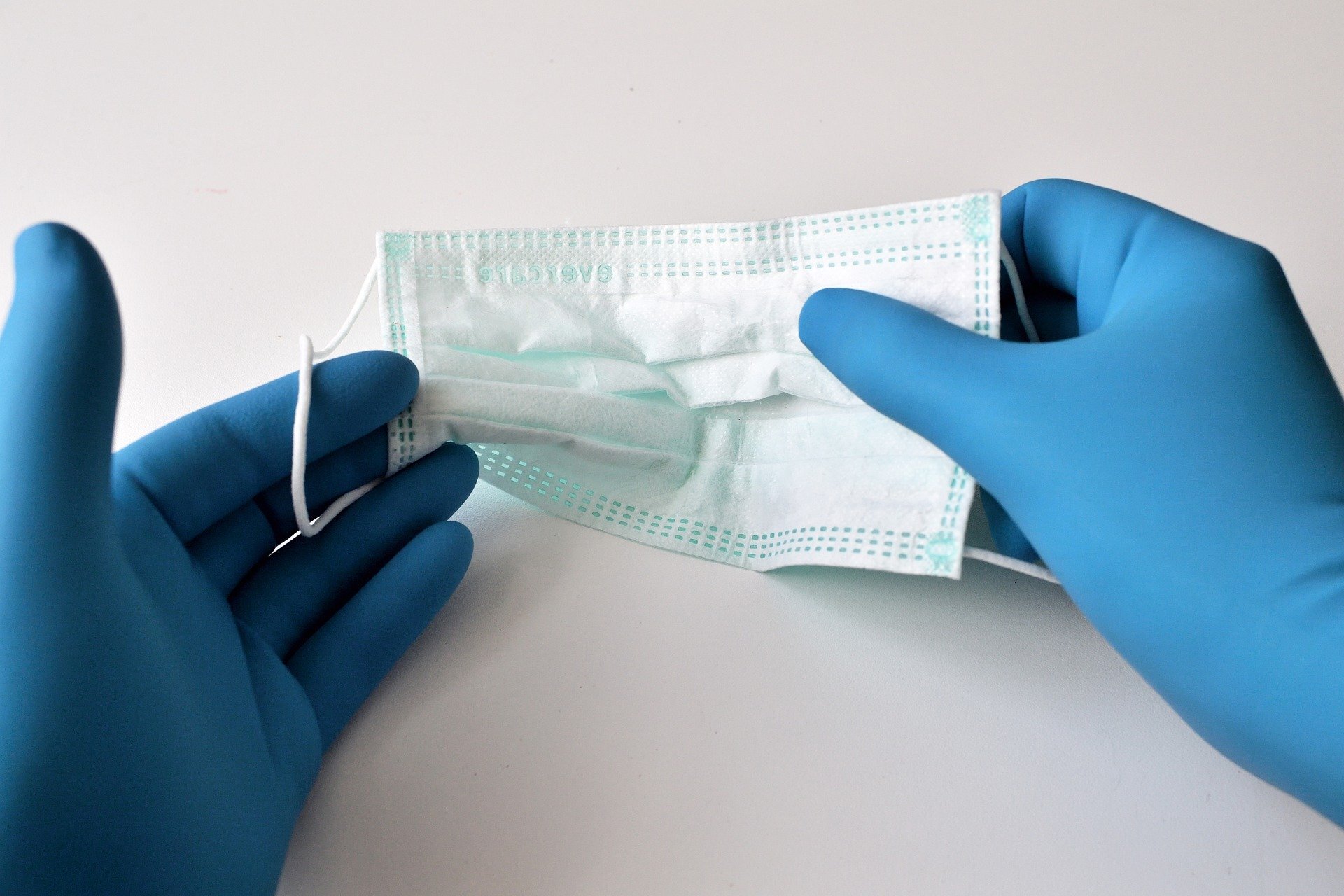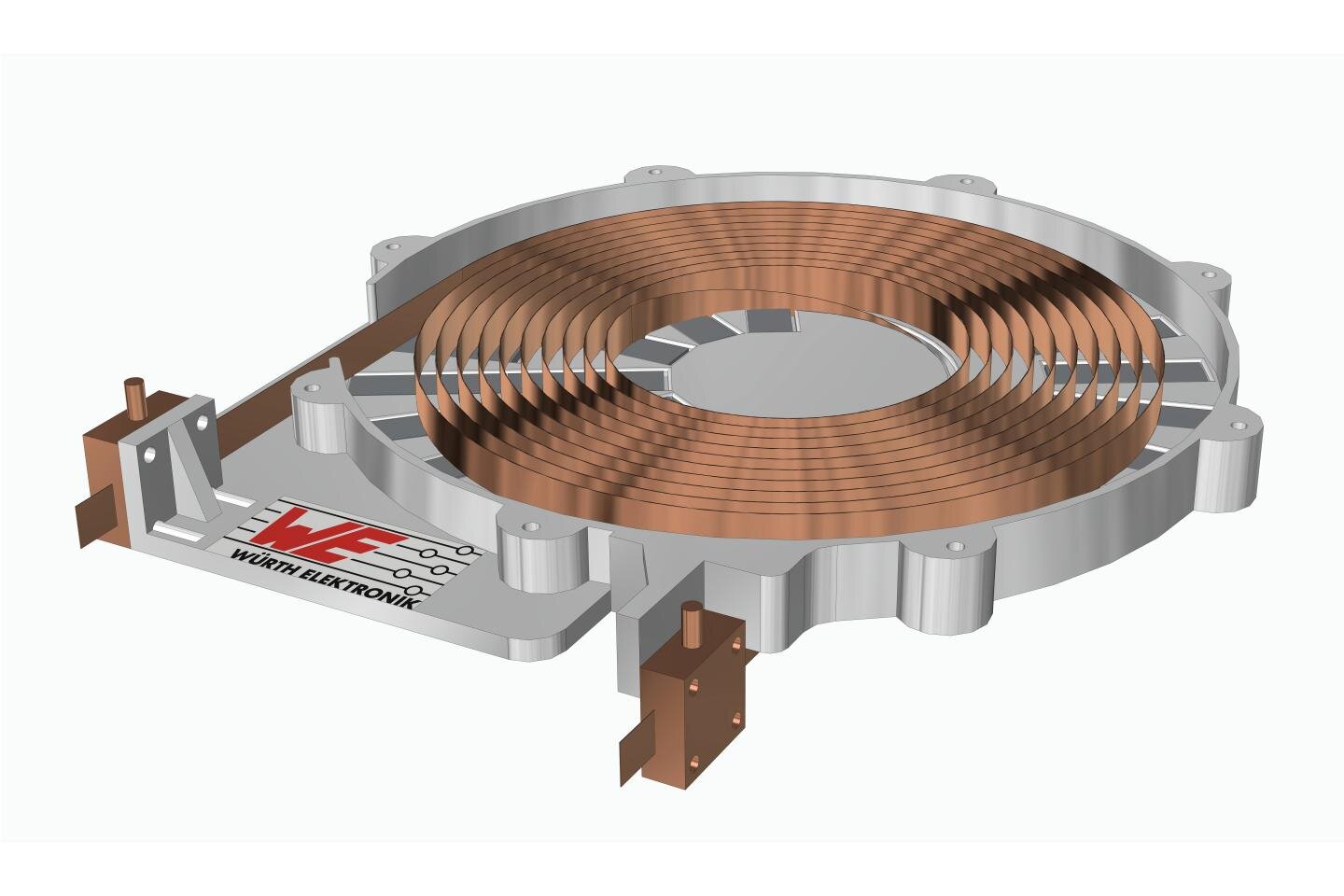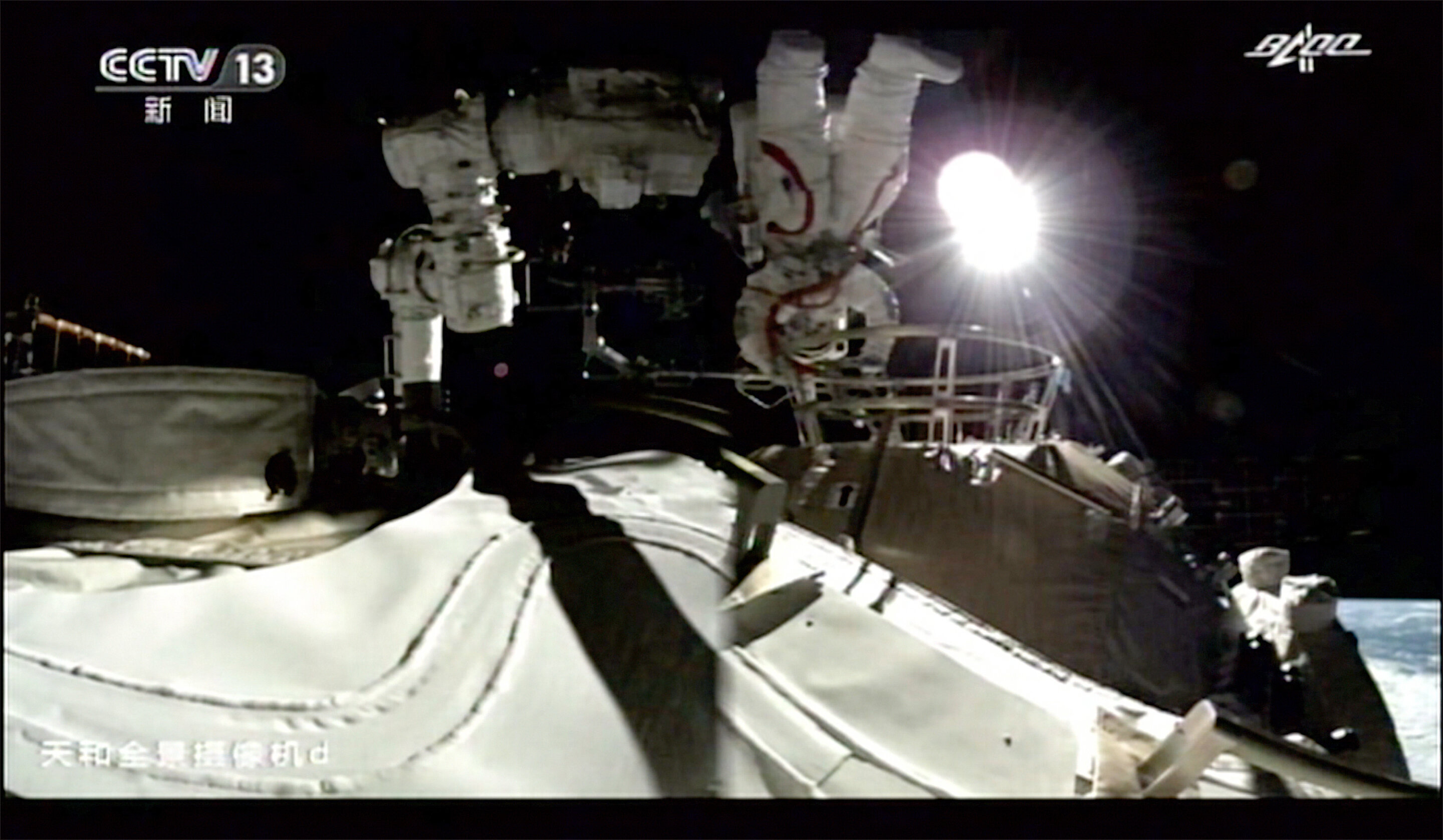#Two groups demonstrate designs for electrocaloric cooling that change temperature under an electric field

“#Two groups demonstrate designs for electrocaloric cooling that change temperature under an electric field”

Two teams working independently of each other have demonstrated designs for electrocaloric cooling that can change temperatures under an electric field. Both groups used lead scandium tantalate capacitors in their systems, but they differed slightly in how they were used. The first group, with members from PARC in the U.S. and Murata Manufacturing Co., in Japan showed that electrocaloric cooling could be done using only solid materials. The second group, with members from the Luxembourg Institute of Science and Technology and Murata Manufacturing Co. in Japan used fluids for heat transfer. Both teams have published accounts of their work and findings in the journal Science.
Current air conditioning systems cool indoor air by transferring heat to the outdoors. They do so by using systems that are based on alternately compressing and expanding a fluid. Unfortunately, the fluids in such systems slowly seep out and evaporate into the air, where they evaporate as greenhouse gasses, contributing to global warming. Scientists therefore seek alternative, clean ways to transfer heat. One promising approach involves the use of caloric materials. Instead of using compression and expansion of fluids, they raise and lower the entropy of a material via elasticity or electrical or magnetic properties. In both of the new efforts, the researchers used electricity to transfer heat by manipulating the entropy of what electrocaloric ceramic materials.
The first team used multi-layer ceramic capacitors made of lead scandium tantalite. To create a cooling unit, they placed a row of capacitors on top of another row of the same type and kept them in place with insulated copper rails. The top row of capacitors had aluminum heat sinks placed at both ends. To move heat, an actuator pushed the top layer of capacitors back and forth over the bottom layer. The second team used a nearly identical setup, but pushed a dielectric fluid back and forth through the capacitors instead of sliding one row over the other. Both teams claim that tinkering with their designs should lead to heat pumping efficiencies equal to or better than systems currently in use.
Electrocaloric refrigerator offers alternative way to cool everything from food to computers
Torelló et al., Giant temperature span in electrocaloric regenerator. Science (2020). DOI: 10.1126/science.abb8045. science.sciencemag.org/lookup/ … 1126/science.abb8045
Wang et al., A high-performance solid-state electrocaloric cooling system Science (2020). DOI: 10.1126/science.aba2648. science.sciencemag.org/lookup/ … 1126/science.aba2648
© 2020 Science X Network
Citation:
Two groups demonstrate designs for electrocaloric cooling that change temperature under an electric field (2020, October 2)
retrieved 2 October 2020
from https://phys.org/news/2020-10-groups-electrocaloric-cooling-temperature-electric.html
This document is subject to copyright. Apart from any fair dealing for the purpose of private study or research, no
part may be reproduced without the written permission. The content is provided for information purposes only.
For forums sites go to Forum.BuradaBiliyorum.Com
If you want to read more Like this articles, you can visit our Science category.



